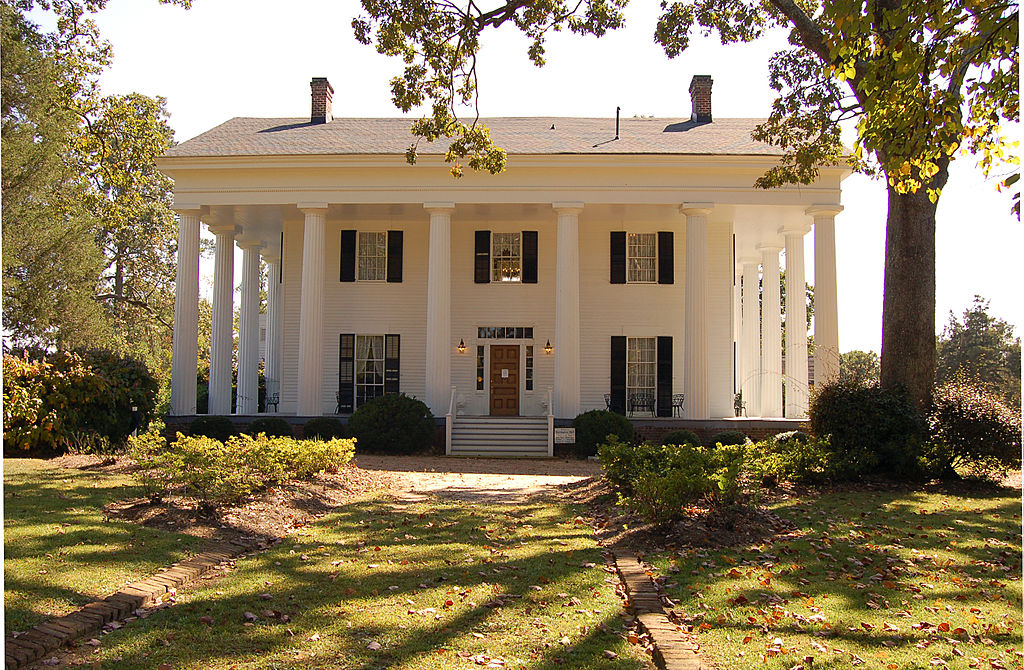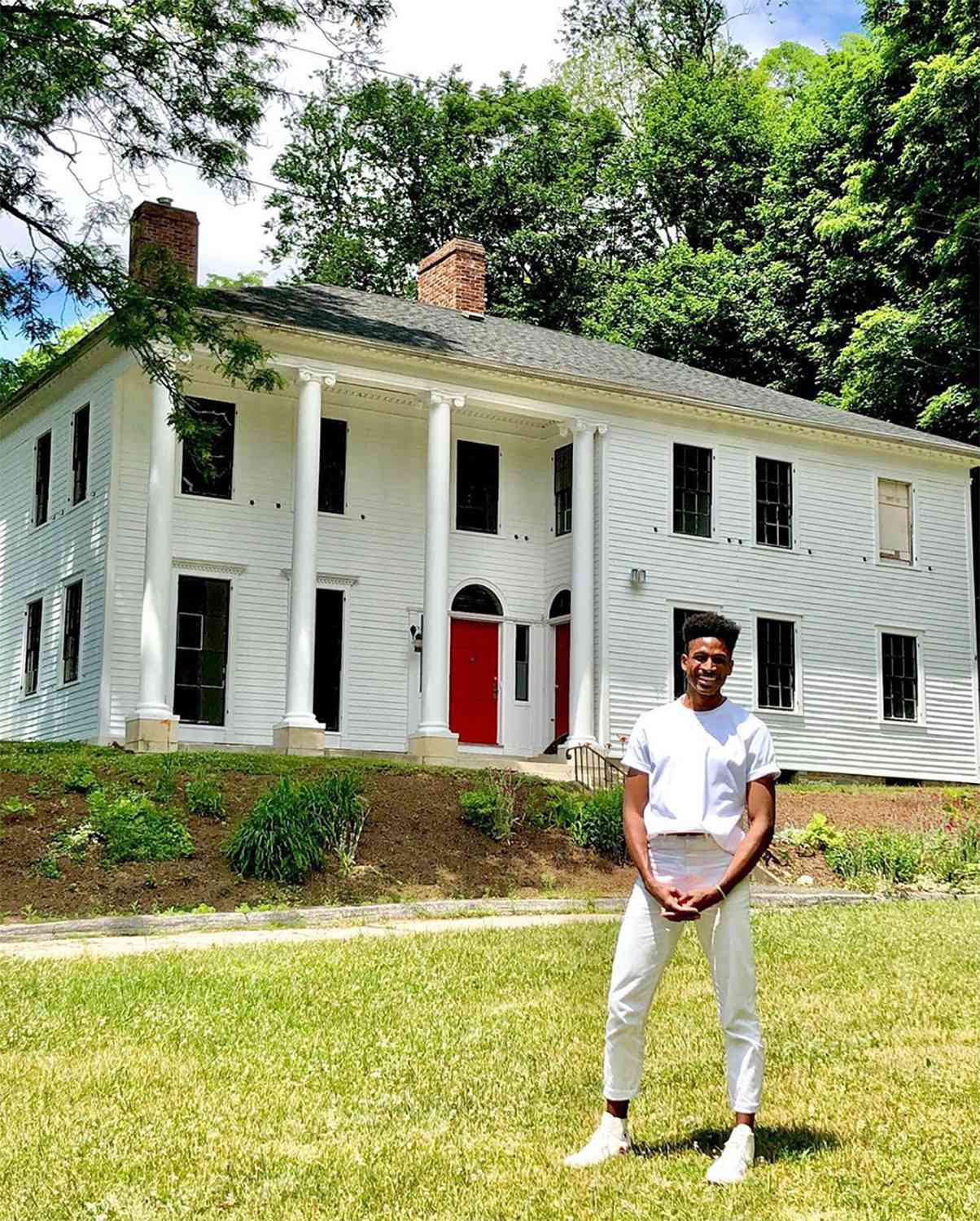Antebellum architecture is a controversial style of architecture most commonly found in the American South. Aesthetically stunning, it nonetheless has a very dark history and the appreciation of this style of architecture offends many people as it can appear as sentimentality for a racist past.

The antebellum period refers to the pre-Civil War American South, when slavery was legal. Antebellum homes were often the homes of plantation owners, and were built with slave labour. One famous example that illustrates the conflict of how we regard antebellum homes is Monticello, the former home of Thomas Jefferson, the third American President. Run by the Thomas Jefferson foundation, it is a UNESCO world heritage site and many people visit every year.
Jefferson is famous for writing one of the most memorable parts of the U.S. Declaration of Independence: “We hold these truths to be self-evident, that all men are created equal”, and he has often been a revered character in American history. However, his quotation is quite hypocritical when one considers that he was a slave owner, and Monticello was built with slave labour. Recently, efforts have been made to recognize the forgotten slaves who lived and died on this plantation. The slave quarters at Monticello, Mulberry Row, are open to the public as well, and in 2012 an exhibit called Landscape of Slavery: Mulberry Row at Monticello was opened to raise awareness about the history of slavery at Monticello. It seems clear that if this site is to remain open it must function to educate about the history of slavery and racism in the States and not just to preserve the myth of “Great Man” history.

Other than being plantation homes in the South, are there architectural features that define Antebellum architecture? Yes. They are built in a neoclassical style, with aspects that hearken back to the ancient Greeks, such as columns, elegant moldings, and use of stone and marble, cupolas, and frieze. Other elements that are more modern are wraparound porches, large foyers, balconies, and the square boxy style that is more reminiscent of British than Greek architecture,

An estimated 20% of Antebellum homes remain, due to destruction after the war, natural disasters, development, or neglect. The preservation of the ones remaining is fraught due to this history. Recently, actors Blake Lively and Ryan Reynolds apologized for having been married at a plantation house, Boone Hall Plantation, acknowledging how tone-deaf and offensive that was seen by many. Whether this plantations should continue to host events such as weddings is problematic, as it can be seen as glorifying the past of slavery. However, if we think these houses are worth preserving, hosting events can be the only way to gain the revenue to do so. Recently, African-American Broadway star Robert Hartwell bought an 1820 Antebellum home that had been built by slaves. The sellers of the home had assumed that he wouldn’t have the money to purchase the home, as it was needed in cash, which shows that racist attitudes still exist. Nonetheless, he bought the house and signed the lease on Juneteenth, the American holiday that celebrates the end of slavery. Hartwell said that “I wish I could’ve told my ancestors when they were breaking their backs in 1820 to build this house that 200 years later a free gay black man was going to own it and fill it with love and find a way to say their name even when 200 years later they still thought I would be ‘off the table… We are building our own tables.”

What is the way forward? Can Antebellum homes be redeemed, perhaps by re-ownership by the ancestors of the people that built them, as in the case of Hartwell? Or should they be demolished, like the statues of pro-slavery figures, in order to stop glorifying a past that people should be ashamed of? There are no easy answers, and this is a complex issue where we have to be sensitive to people’s feelings, and understand that there is often more to houses and architecture than mere aesthetic value, and they can represent both positive and very terrible aspects of human nature and history.
References
https://en.wikipedia.org/wiki/Antebellum_architecture#Key_features
https://www.thoughtco.com/antebellum-architecture-before-the-war-178196